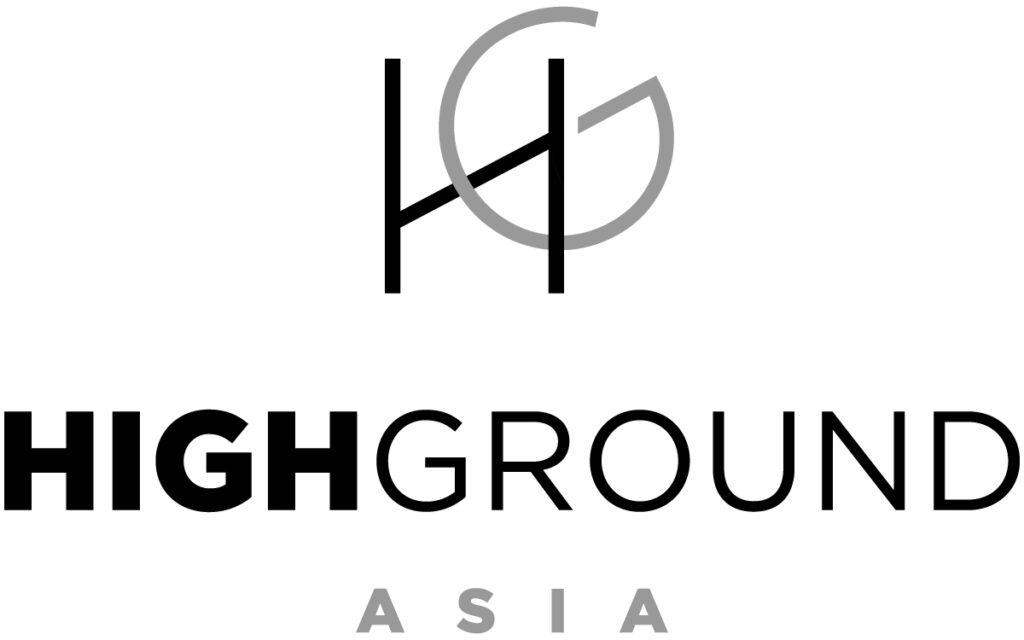Ecommerce
How big is Indonesian ecommerce industry?
Indonesia is one of the largest and fastest-growing economies in Southeast Asia, with a population of over 270 million people. With such a vast market, it’s no surprise that ecommerce has become a booming industry in the country, presenting endless opportunities for businesses to grow and succeed.
In this article, we’ll take a closer look at the factors driving the growth of the Indonesian ecommerce industry, examine its estimated value, gauge its potential, analyze the trends, and identify exciting opportunities waiting to be seized.

Examining the Factors Driving Indonesian Ecommerce
The growth of ecommerce in Indonesia is driven by a variety of factors, including an increase in internet penetration, a rising middle class, and the widespread use of smartphones. Indonesia has one of the largest populations in the world, with over 270 million people.
With the increasing availability of affordable smartphones and internet data plans, more and more Indonesians are gaining access to the internet. This has led to a surge in online shopping, as people are able to browse and purchase products from the comfort of their homes.
Here are the factors that drive the Indonesian Ecommerce:
- Low credit card penetration rate: This has led to the development of alternative payment methods, such as e-wallets, which have made online shopping more accessible to Indonesians. E-wallets are digital wallets that allow users to store money and make online transactions without the need for a credit card. They have become increasingly popular in Indonesia, with major players such as GoPay, OVO, and Dana leading the market.
These e-wallets offer a convenient and secure way for Indonesians to shop online, without the need for a credit card.
- COVID-19 pandemic and the resulting rise of remote work and work-from-home policies: They have accelerated the adoption of ecommerce, as more people prefer to shop online from the safety and comfort of their homes. With the pandemic forcing many physical stores to close, ecommerce has become the go-to option for many Indonesians.
This has led to a surge in demand for online shopping platforms and delivery services, as people look for ways to purchase goods while minimizing their exposure to the virus.
- Indonesia’s geography: This is also a contributing factor to the growth of ecommerce. The country is spread over thousands of islands, making it difficult for traditional brick-and-mortar stores to reach every remote corner. Ecommerce has thus filled the gap by enabling people to buy products online from anywhere in the country, even in the most geographically isolated areas.
This has led to the development of specialized ecommerce platforms that cater to specific regions and demographics.
- Rising middle class: As more Indonesians enter the middle class, they have greater disposable income and are more likely to shop online.
The middle class in Indonesia is expected to double in size by 2023, which will further drive the growth of ecommerce.
In conclusion, the growth of ecommerce in Indonesia is driven by a combination of factors, including increased internet penetration, the widespread use of smartphones, the development of alternative payment methods, the COVID-19 pandemic, Indonesia’s geography, and the rising middle class. With these factors set to continue, the future of ecommerce in Indonesia looks bright.

Estimating the Value of Indonesian Ecommerce Market
The value of the Indonesian ecommerce market is immense and has been steadily growing over the years. According to a report by Google, Temasek, and Bain & Company, the Indonesian ecommerce industry is projected to reach $53 billion by 2025, up from $21 billion in 2019.
This growth is driven by increased consumer spending and the expansion of the ecommerce infrastructure in the country. Despite this growth, the ecommerce market still represents only a fraction of Indonesia’s total retail sector, indicating huge potential for further expansion.
Here are the values and challenges of Indonesian Ecommerce Market:
| Advantages | Challenges |
|---|---|
|
|
Despite these challenges, the Indonesian ecommerce market is poised for continued growth in the coming years. With a young and tech-savvy population, a supportive government, and a growing ecommerce infrastructure, Indonesia is quickly becoming one of the most exciting ecommerce markets in the world.
Gauging the Potential of Indonesian Ecommerce
The potential for ecommerce growth in Indonesia is enormous, both in terms of online shopping and digital payments. The country’s ecommerce penetration rate is still relatively low, with only 11% of the population making purchases online. This presents significant opportunities for ecommerce players to increase their market share and customer base.
Here are the key drivers of the growth of ecommerce in Indonesia:
- Increasing adoption of smartphones and internet usage: With a population of over 270 million people, Indonesia is the fourth most populous country in the world. The majority of these people are young and tech-savvy, making them ideal candidates for ecommerce shopping.
- Rise of social media: This has played a significant role in the growth of ecommerce in Indonesia. Social media platforms like Instagram, Facebook, and Twitter have become popular channels for ecommerce businesses to market their products and reach potential customers. This has made it easier for small businesses to enter the ecommerce market and compete with larger players.
- Increasing availability of digital payment options: Historically, many Indonesians have been hesitant to use credit cards for online purchases, but this is changing with the emergence of alternative payment options like e-wallets and digital banking. These payment methods are not only more convenient for consumers, but they also offer greater security and protection against fraud.
- Government plan: The Indonesian government has plans to enhance the country’s digital infrastructure, which is expected to further boost the growth of ecommerce. This includes initiatives to improve internet connectivity, expand access to digital payments, and increase the use of ecommerce platforms by small and medium-sized businesses.
In conclusion, the potential for ecommerce growth in Indonesia is vast, and the industry is expected to continue to grow in the coming years. With a young and tech-savvy population, increasing adoption of smartphones and internet usage, and the availability of digital payment options, ecommerce businesses have a significant opportunity to expand their market share and customer base in Indonesia.

Analyzing the Trends in Indonesian Ecommerce
Indonesia is one of the fastest-growing ecommerce markets in the world, and several trends have emerged in the industry in recent years:
- Rise of social commerce: With over 150 million active social media users in Indonesia, businesses have recognized the potential of selling products directly on social media platforms such as Instagram and Facebook. This trend has become increasingly popular, with many businesses leveraging social media to reach a wider audience and increase sales.
- Emergence of super-apps: Super-apps like Gojek and Grab offer a suite of services such as ride-hailing, food delivery, and ecommerce, all in one platform. These apps have become an essential part of daily life for many Indonesians, providing a one-stop-shop for all their needs. With the convenience and ease of use that super-apps offer, it’s no surprise that they have become so popular.
- Increasing focus on customer experience: With so many options available to consumers, businesses are recognizing the importance of providing an exceptional customer experience to stand out from the competition. This includes everything from fast and reliable delivery to personalized recommendations and excellent customer support. Businesses that prioritize customer experience are more likely to succeed in the highly competitive Indonesian ecommerce market.
- Use of artificial intelligence (AI) and machine learning (ML): This has become increasingly prevalent in the Indonesian ecommerce industry. These technologies are being used to personalize the shopping experience for customers, improve product recommendations, and optimize supply chain management. As AI and ML continue to evolve, we can expect to see even more innovative uses of these technologies in the ecommerce industry.
In conclusion, the Indonesian ecommerce industry is rapidly evolving, with new trends and developments emerging all the time. From the rise of social commerce and super-apps to the increasing focus on customer experience and the use of AI and ML, there is no shortage of innovation in this exciting industry.

Identifying Opportunities in the Indonesian Ecommerce Industry
Entrepreneurs and businesses looking to enter the Indonesian ecommerce market can take advantage of several opportunities offered by the industry. One of them is the emergence of niche ecommerce players, which focus on catering to specific customer needs. Another opportunity exists in the B2B ecommerce segment, which is expected to grow as more companies and enterprises look to digitize their procurement processes. Finally, ecommerce players can tap into the country’s huge potential for mobile payments, which are increasingly becoming the preferred payment method for Indonesians.
In conclusion, the Indonesian ecommerce industry presents an exciting opportunity for businesses looking to capitalize on a growing market with enormous potential. Entrepreneurs who spot the right opportunities, leverage the latest trends, and invest in innovation are bound to succeed in this dynamic and thriving sector.
